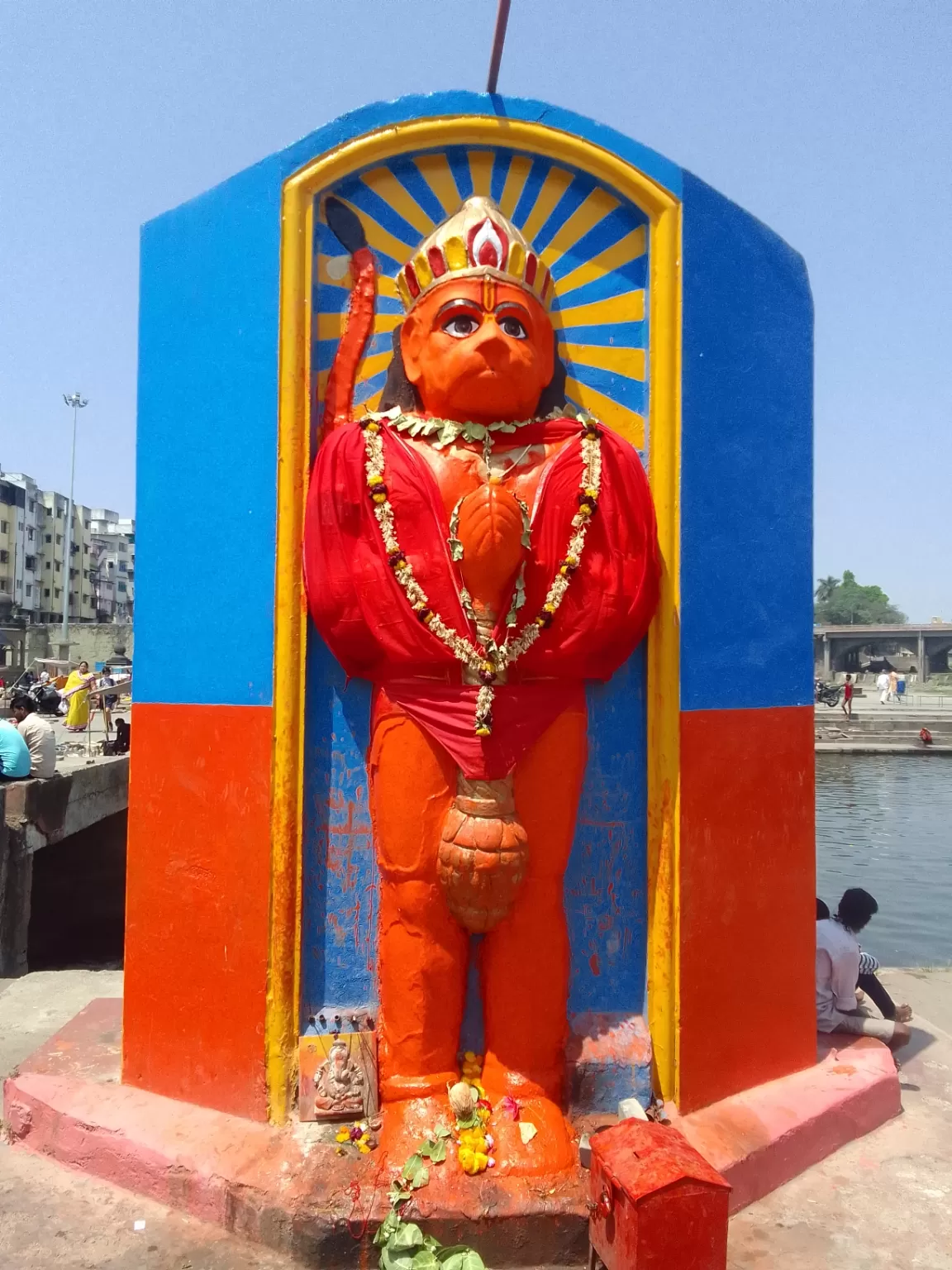Panchvati, a sacred place nestled on the banks of the Godavari River in Maharashtra, India, holds immense significance in Hindu mythology. It is believed to be the place where Lord Rama, along with his wife Sita and brother Lakshmana, spent a considerable portion of their exile – specifically, 1 year and 14 days. This period is marked by several important events and encounters, making Panchvati a popular pilgrimage site. Let’s delve into the key places to visit and explore the spiritual essence of this holy land.
Key Places to Visit in Panchvati
Panchvati is dotted with temples and sites that commemorate the stay of Lord Rama. Each location offers a glimpse into the life and events that unfolded during their exile. Here’s a closer look at some of the must-visit places:
- Sita Gumpha (Sita’s Cave): A small cave where it is believed Sita resided. It is said that Ravana abducted Sita from near this location.
- Kalaram Temple: A magnificent temple dedicated to Lord Rama, featuring a black idol of Rama. The temple is a beautiful example of traditional architecture.
- Tapovan: A serene spot where Lakshmana performed penance; It is believed to be where Lakshmana cut off Shurpanakha’s nose.
- Ram Kund: A holy tank where it is believed Lord Rama used to bathe. Pilgrims often take a dip in the kund to cleanse themselves.
- Lakshman Rekha: Although the exact location is debated, it symbolizes the protective line drawn by Lakshmana around Sita.
Significance of Panchvati
The significance of Panchvati extends beyond its association with Lord Rama’s exile. It is considered a powerful spiritual center. The environment is believed to be conducive to meditation and self-reflection. The presence of the Godavari River further enhances the sanctity of the place.
- Spiritual Significance: A place of penance and spiritual growth.
- Historical Importance: Witness to key events in the Ramayana.
- Natural Beauty: Surrounded by lush greenery and the Godavari River.
A Comparative Look at Key Locations
Understanding the distinct characteristics of each location can enhance your visit.
| Place | Significance | Key Features |
|---|---|---|
| Sita Gumpha | Sita’s residence and abduction site | Small cave, religious importance |
| Kalaram Temple | Main temple dedicated to Lord Rama | Black idol of Rama, architectural beauty |
| Tapovan | Lakshmana’s penance and Shurpanakha incident | Serene environment, association with Lakshmana |
| Ram Kund | Lord Rama’s bathing place | Holy tank, place of cleansing |
FAQ ౼ Frequently Asked Questions
What is the best time to visit Panchvati?
The best time to visit Panchvati is during the winter months (October to March) when the weather is pleasant.
How to reach Panchvati?
Panchvati is well-connected by road and rail. The nearest airport is in Nashik.
Are there accommodation options available in Panchvati?
Yes, there are numerous hotels and guesthouses available in Panchvati to suit different budgets.
Is photography allowed at all the sites?
Photography is generally allowed, but it’s always best to check with the local authorities or temple management.
Panchvati is more than just a pilgrimage site; it’s a journey through history and spirituality. The serene atmosphere and the echoes of the Ramayana make it a truly unique and enriching experience. Visiting these places allows one to connect with the past and appreciate the timeless values that Lord Rama embodied. This sacred land continues to inspire and attract devotees from all over the world. A visit to Panchvati is an opportunity for reflection, devotion, and a deeper understanding of the epic tale of the Ramayana. Plan your trip and immerse yourself in the divine aura of Panchvati.

